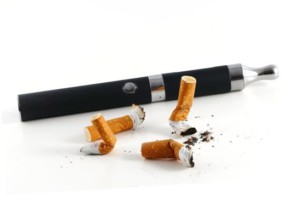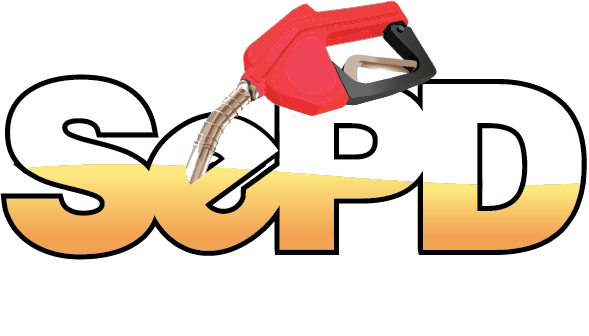 Tobacco products have long been a staple for convenience stores, but the future of that segment looks hazy as the smoking rate plummets, regulations change, and new products enter the market.
Tobacco products have long been a staple for convenience stores, but the future of that segment looks hazy as the smoking rate plummets, regulations change, and new products enter the market.
Last year, the national smoking rate fell to 15 percent, 2 percent lower than in 2014, according to the Centers for Disease Control and Prevention. That’s the biggest drop since 1993.
The drop is good news for health advocates, whose push to raise the smoking age to 21 has led to new laws in some areas. But it also applies more pressure to convenience stores to find another way to reach those customers.
It doesn’t help that selling tobacco can be a confusing prospect, with local rules sometimes conflicting with national ones. Cumberland Farms recently urged the House of Representatives to adopt “clear and unambiguous” regulations. Managers of Cumberland Farms signed a letter that said, “we are instead forced to juggle hundreds of different and constantly-changing local requirements related to pricing, packaging, signage, product bans, licensing display methods, age verification procedure, employee training, recordkeeping, disposal plans and more.”
The market for vapor products is evolving. E-cigarette hardware is advancing so that companies, as R.J. Reynolds Vapor Co. puts it, can provide “the perfect puff” each time. Still, a recent national survey by the Georgia State University Tobacco Center of Regulatory Science found that more smokers still prefer regular cigarettes.
Among U.S. high school students, one in 10 is smoking cigarettes as the smoking rate continues to drop. But close to one in four smoke e-cigarettes and similar products, according to the Centers for Disease Control. Kids have tried e-cigars, vape pens, vape pipes, e-vaporizers and e-hookahs. The CEO of the American Heart Association, Nancy Brown, said the surge in the popularity of these products is “extremely alarming.”
In August, an FDA rule about these products finally took effect, putting vaping products, e-cigarettes, premium cigars, pipe tobacco and hookah tobacco under the same regulations as cigarettes and smokeless tobacco.
Vaping and related products now have to have FDA approval to be sold legally in the United States, can’t be sold to people under 18 and must carry health warnings. Makers of vaping products are trying to get the rules changed so they don’t have to go through the expensive approval process; for now, they have two years to submit their applications, while convenience stores can continue selling the products.
Wells Fargo Securities estimates that vaping sales will approach $2 billion this year, most of them online or at vape shops, according to a CStoreDecisions.com article.
The article suggests that convenience stores may focus on the bigger makers of vaping products, who have a better chance at meeting the deadline for approval.
In the future, as legalization of marijuana spreads, stores may find themselves contemplating adding it to its lineup of products. But given that it’s still illegal at the federal level, pot at the local C-store seems a long way off.





